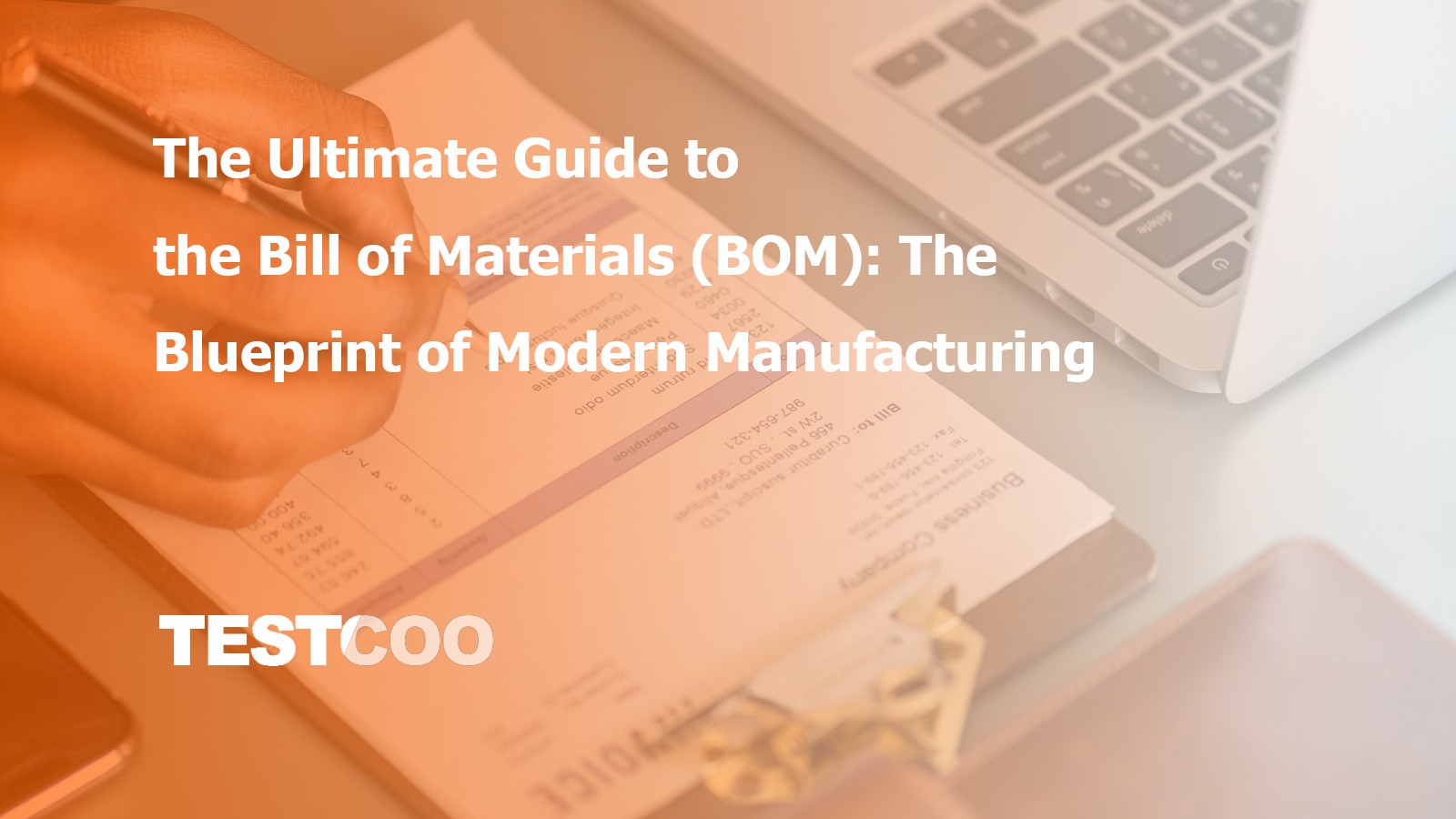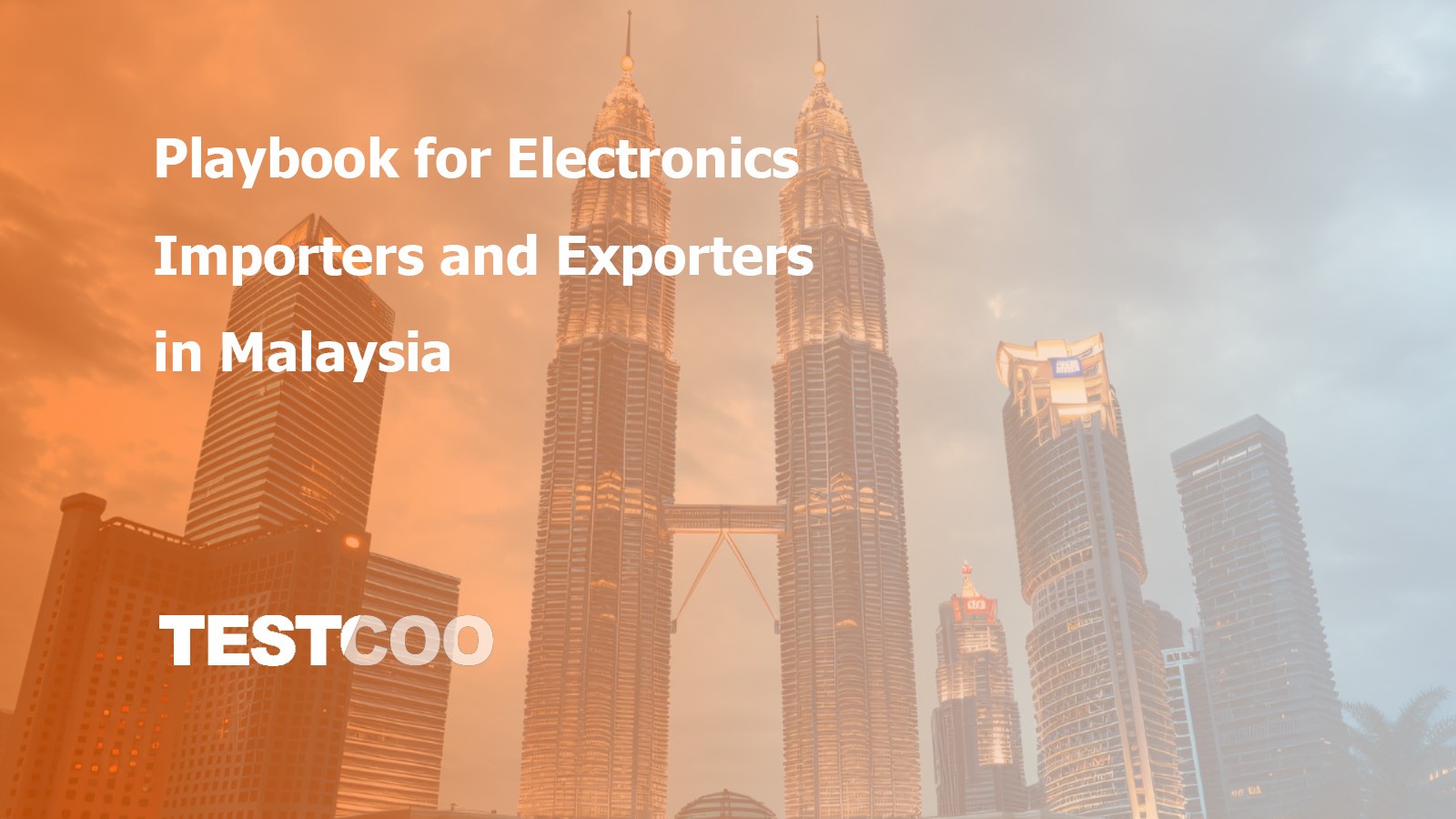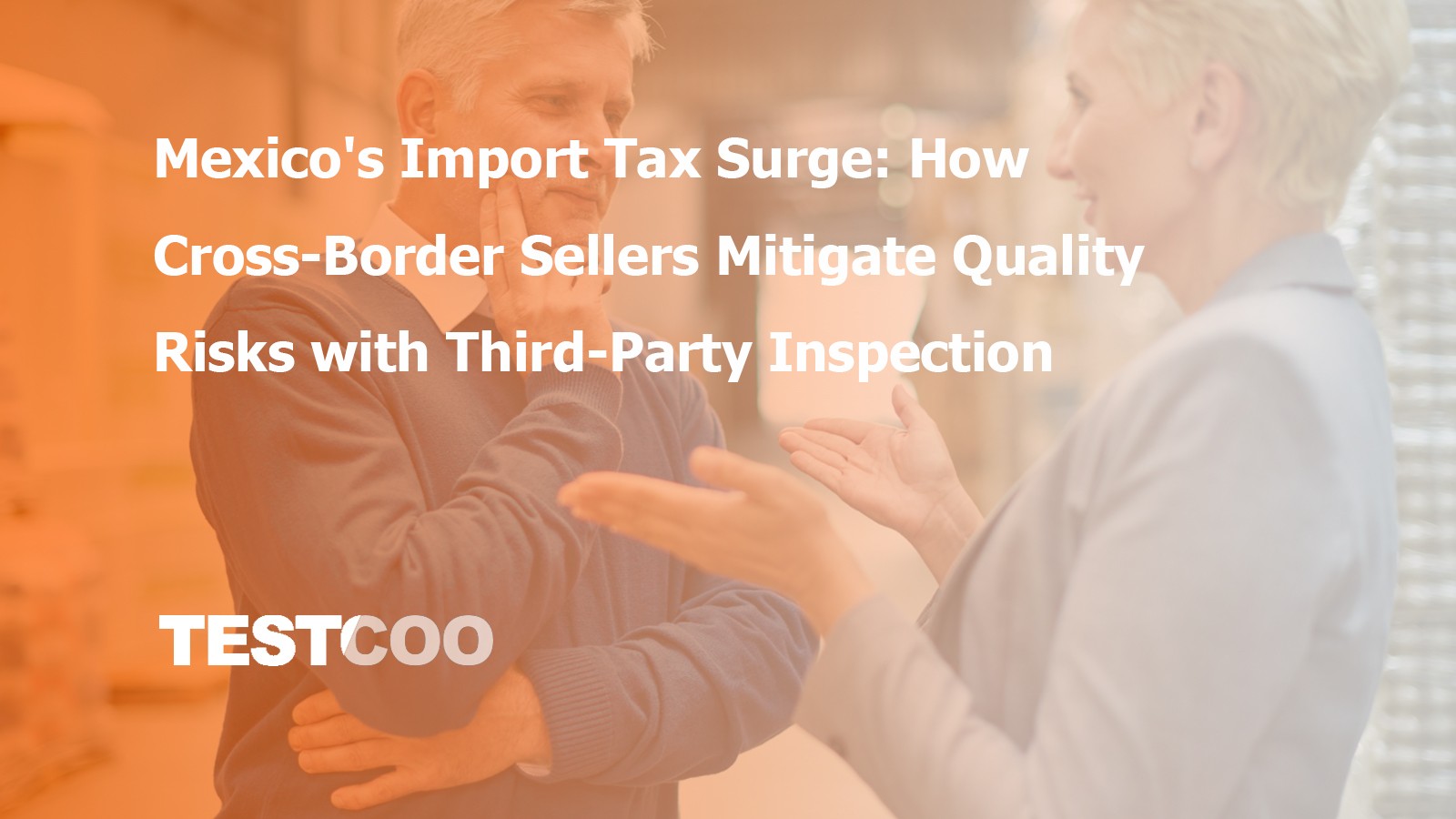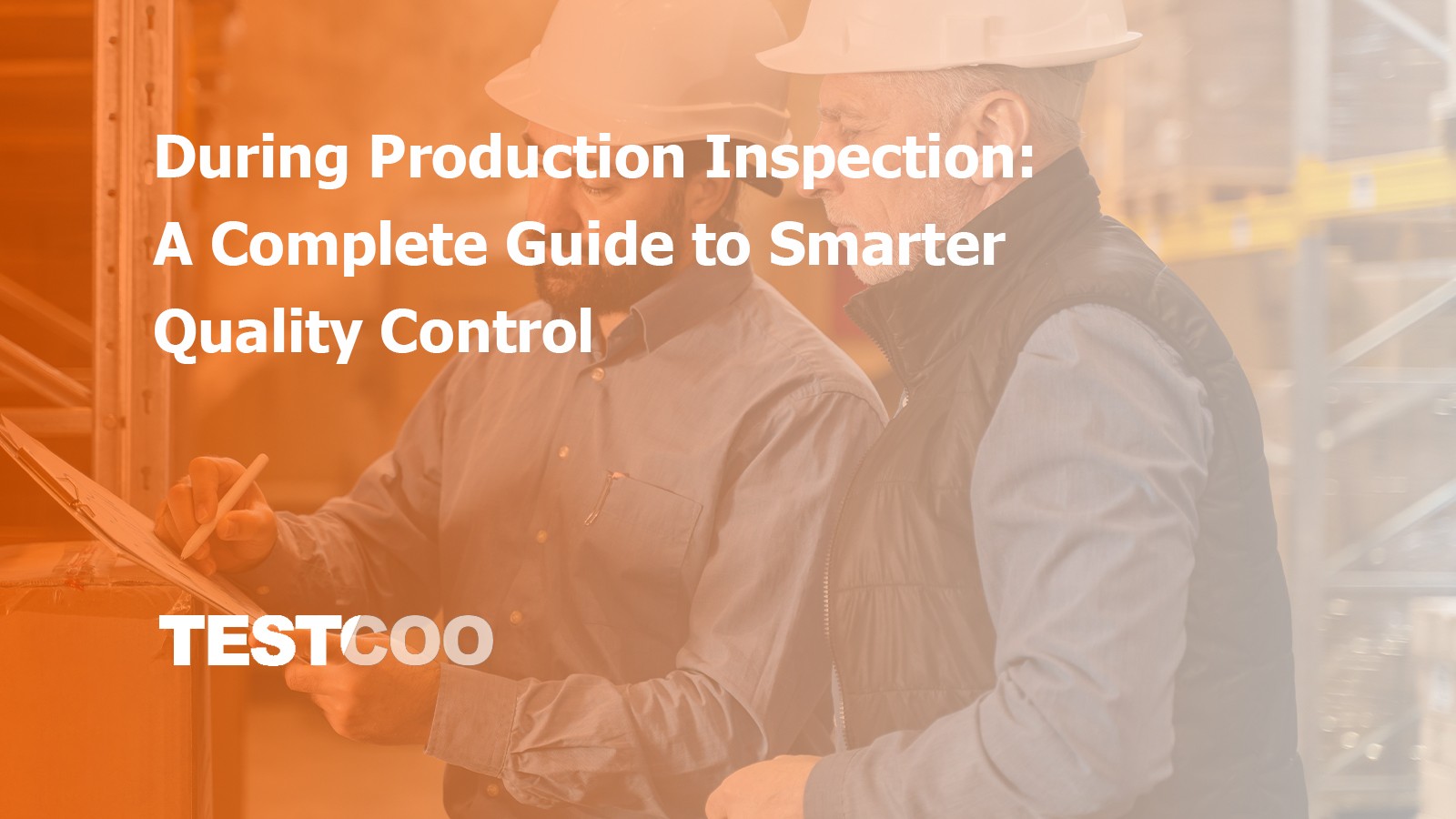Final Random Inspection: Your Last Line of Defense Before Shipping
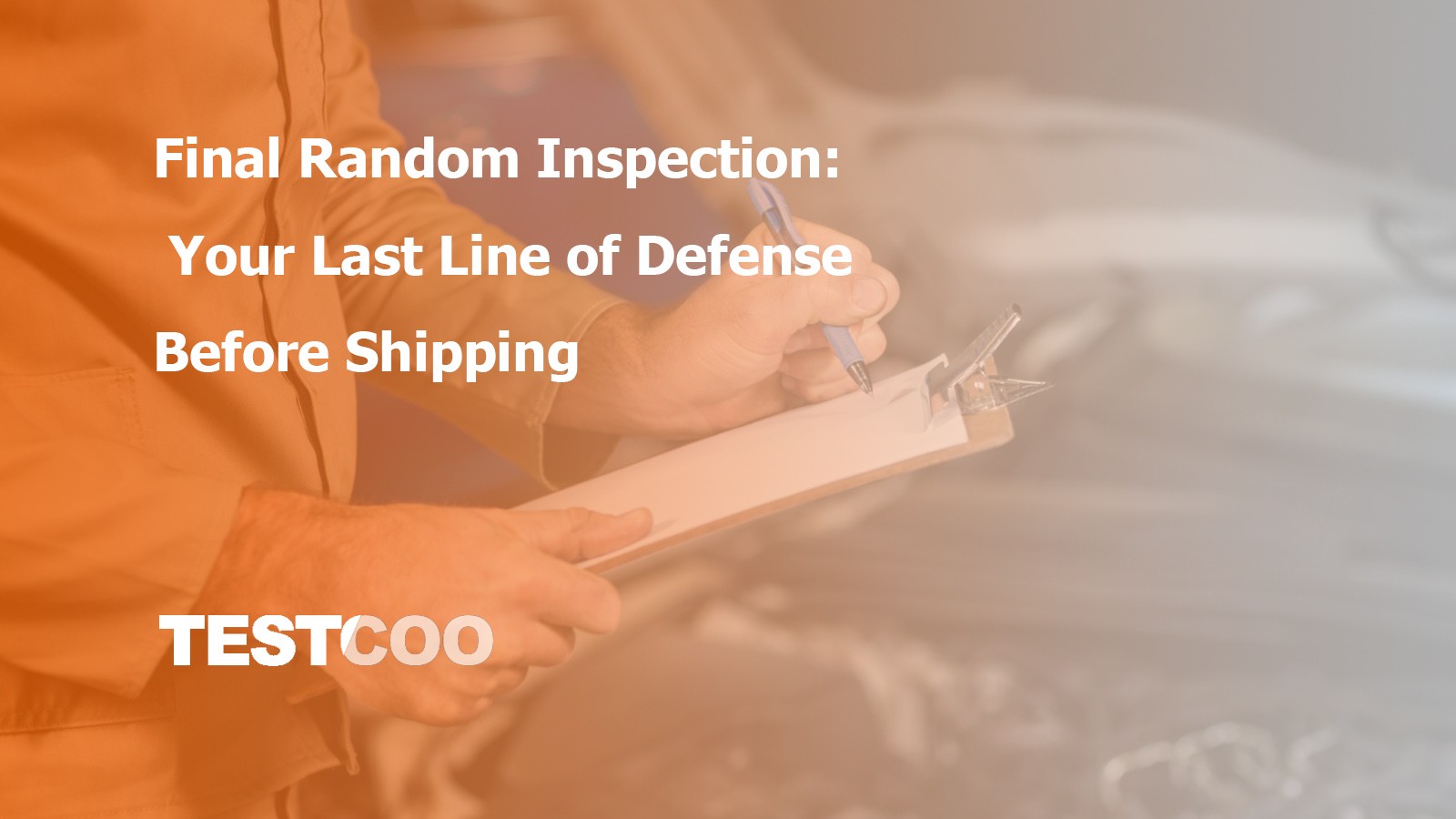
But what exactly is Final Random Inspection? How does it work? And why do smart buyers, brands and importers consider it a non-negotiable step in their quality assurance process?
This blog dives deep into everything you need to know about Final Random Inspection, from purpose and process to benefits, challenges and best practices.
What Is Final Random Inspection?
Final Random Inspection (FRI) also called Pre-Shipment Inspection (PSI) is a quality control process conducted when at least 80% of the order is completed and packed. It’s usually performed at the factory or warehouse before goods are shipped.
What makes it “random” is that inspectors select samples at random, based on internationally recognized sampling standards like ANSI/ASQ Z1.4 or ISO 2859-1.
In essence, FRI is your last chance to catch defects, confirm compliance and avoid costly surprises at the destination.
Read more: What is Quality Inspection? A Complete Guide
Purpose of Final Random Inspection
The primary goal of a Final Random Inspection is to ensure the finished goods are ready to ship and match all expectations outlined in the purchase order. It acts as a safeguard, validating the quantity, quality and packaging of the product while also confirming compliance with regulatory or buyer-specific requirements. By randomly selecting samples from packed goods, FRI gives an objective snapshot of product quality. Without this crucial step, undetected issues may only surface once products reach your customers by then, the damage to your brand and reputation may already be done.
The primary purpose of FRI is to evaluate whether a production lot meets the buyer’s quality standards and specifications. Here’s what it typically checks:
- Workmanship and appearance
- Functionality and performance
- Labeling and packaging
- Safety and compliance
- Measurements and dimensions
- Barcode and product info accuracy
A well-executed FRI offers peace of mind that the bulk production matches approved samples and purchase order requirements.

↵ ↵
When and How Is It Conducted?
Timing:
- When 100% of goods are produced
- At least 80% packed and export-ready
- Typically 2–3 days before shipment
Inspection Steps:
- Quantity Verification: Confirms the total quantity produced and packed matches the PO.
- Random Sampling: Follows AQL standards (Acceptable Quality Limits) to select samples randomly.
- Visual Check: Inspectors look for cosmetic defects, damage, poor workmanship.
- Functional Testing: Products are tested for basic functionality and performance.
- Measurement & Specs: Products are measured against design or sample specs.
- Packaging Inspection: Verifies labeling, barcode, packaging material and shipping marks.
- On-site Tests: Drop test, rub test, seam strength test, etc., depending on product category.
- Report & Verdict: A detailed report with images and a pass/fail result is shared within 24 hours.
What Sampling Standards Are Used?
Sampling is the cornerstone of any Final Random Inspection. Since it's impractical to check every single unit, international standards like ISO 2859-1 and ANSI/ASQ Z1.4 provide scientifically backed sampling procedures. These methods use the Acceptable Quality Limit (AQL) framework, which determines how many defects are acceptable in a given sample size. AQL levels are set based on defect severity typically AQL 0 for critical, AQL 2.5 for major and AQL 4.0 for minor issues. Choosing the right AQL level depends on your risk tolerance, product type and buyer requirements. Proper sampling ensures fair, consistent and statistically valid inspection outcomes. Final Random Inspections rely on AQL Sampling (Acceptable Quality Limit) to determine how many units to inspect and how many defects are acceptable.
Common AQL Levels:
- AQL 2.5 for major defects
- AQL 4.0 for minor defects
- AQL 0 or 1.0 for critical defects
These levels vary based on product type, market requirements and buyer expectations.
Why Final Random Inspection Matters
Final Random Inspection is more than just a procedural checkbox, it’s a business-critical activity. It protects your supply chain from last-minute surprises, poor-quality products and shipment delays. FRI builds a layer of accountability by ensuring that factories cannot cut corners once the bulk production is complete. For global buyers, it reinforces trust and ensures that what was approved during product development matches what’s delivered. A failed inspection could reveal hidden issues in workmanship, labeling or packaging that would otherwise go unnoticed until it’s too late. Ultimately, FRI gives you confidence to approve shipment and release final payments. Think of FRI as a safety net. It doesn't just protect you from financial loss, it protects your brand reputation, customer satisfaction and compliance obligations.
Key Benefits:
- Avoid defective shipments
- Catch non-compliance before customs clearance
- Verify product consistency and label accuracy
- Reduce return rates and complaints
- Boost supplier accountability
- Ensure confidence in final payment release
In some countries or buyer contracts, FRI is even a legal requirement before the Letter of Credit (LC) is honored.
What Happens If the FRI Fails?
A failed Final Random Inspection doesn’t always spell disaster, but it does demand action. If defects exceed the acceptable limits or critical issues are found, buyers may need to pause the shipment. Depending on the severity and timeline, the supplier can be asked to rework, replace or segregate faulty items. A follow-up inspection can be scheduled post-rework to confirm the issues are resolved. In some cases, buyers may renegotiate pricing, claim compensation or even cancel orders. Having a clear quality agreement in your purchase contract helps define protocols for failed inspections and protects you legally and financially. A failed FRI doesn’t always mean the shipment is scrapped. It’s a red flag for you to make informed decisions.
Your options:
- Ask the supplier to rework or replace the defective items
- Request a second inspection after rework
- Apply penalties or price adjustments
- Cancel or delay the shipment
- Accept the shipment with risk awareness
A reliable inspection company will document defects clearly, allowing you to decide the best course of action.
Real-Life Example: How FRI Saved a Major Retailer
A well-known European fashion retailer was about to ship 50,000 children’s jackets from a factory in Bangladesh. The Final Random Inspection revealed flammable zippers, failing EU safety regulations.
Thanks to the FRI, the shipment was halted in time. The factory reworked the products, preventing a massive product recall, brand damage and potential legal action in Europe.
Final Random Inspection vs. Other Inspection Types
|
Each inspection adds a layer of control. FRI is the final checkpoint and missing it is like skipping the seatbelt check before takeoff.
Read more about the various types of Third-Party Inspections: FAI, IPC, DUPRO, FRI, PSI, CLC
Limitations of Final Random Inspection
While powerful, FRI isn’t foolproof. It has certain limitations:
- Only a sample is inspected, not the entire lot
- Cannot guarantee defect-free delivery 100%
- If done too early, some units may be missed
- Findings are only accurate at the moment of inspection
- Relies on factory cooperation for access and transparency
That’s why FRI is best used in combination with other inspections, especially for high-risk products.
Best Practices for Effective Final Random Inspections
To maximize the value of FRI, it’s important to follow proven best practices. Start with clear product specifications, including dimensions, tolerances, labeling requirements and packaging expectations. Share these with both your inspection agency and supplier well in advance. Customize the inspection checklist based on your product and market. Ensure your supplier is aware of the inspection timeline and has completed at least 80% of packing. Analyze past inspection reports to spot recurring problems and set stricter quality requirements if needed. Always act quickly and decisively based on the inspection outcome, delay could mean missed shipping deadlines or bigger problems down the line.
- Specify clear product specs and tolerances in your PO
- Use professional third-party inspectors who follow ISO standards
- Schedule the inspection early to avoid delays in shipping
- Communicate with the supplier about readiness and packing progress
- Review past inspection reports to identify recurring issues
- Customize the inspection checklist for your product and market
- Act quickly if the report shows major or critical issues
A well-structured quality control plan always includes a well-timed and properly scoped FRI.

Who Needs Final Random Inspection?
FRI is essential for any business that outsources manufacturing, especially if goods are produced overseas and quality cannot be monitored in person. E-commerce sellers, global retailers, private label brands, importers and sourcing agents all benefit from FRI. It’s particularly critical for industries with high consumer risk like electronics, apparel, toys and medical supplies. Even established factories can produce sub-par goods due to machine failure, untrained workers or deadline pressure. Whether you’re a startup sourcing from Vietnam or a multinational importing from China, Final Random Inspection gives you the peace of mind that your product meets expectations before it crosses borders.
- Importers and sourcing agents
- Global retailers and e-commerce brands
- Consumer electronics companies
- Apparel, footwear, toys and homeware brands
- Pharmaceutical and medical device companies (depending on regulations)
- Anyone with outsourced production
In short, if your goods are manufactured away from your eyes, you need FRI.
How Digital Tools Are Enhancing FRI
In today’s digital-first supply chains, inspection services are evolving. Inspection companies now offer real-time dashboards, mobile checklists and photo-verified reports accessible within hours. AI-powered platforms can help categorize defect types, predict failure trends and improve decision-making. Cloud-based tools allow buyers to customize inspection criteria and track historical data. These digital enhancements improve speed, accuracy and transparency enabling brands to make smarter, faster decisions. The future of Final Random Inspection is not just about identifying defects but using data to drive quality improvement and supply chain resilience. Modern inspection companies are leveraging technology to improve FRI outcomes:
- Real-time inspection dashboards
- Digital QC checklists
- Photo and video reports
- AI-powered defect tagging
- Mobile reporting tools for faster turnaround
This makes inspections more transparent, data-driven and aligned with modern supply chain needs.
Final Thought: Quality Is Not a Coincidence
In a fast-paced manufacturing world, skipping Final Random Inspection is like closing your eyes before crossing a busy road. You might make it, but the risk is enormous. FRI is a small investment that delivers big returns, it catches defects, ensures compliance, prevents financial loss and safeguards your brand reputation. It’s not just about checking boxes, it’s about protecting everything you’ve worked so hard to build. A strategic quality control process anchored by a strong Final Random Inspection can transform your sourcing from risky to resilient.
Ready to Add Final Random Inspection to Your Quality Game Plan?
At Testcoo, we specialize in Final Random Inspections that are fast, flexible and tailored to your industry. Our qualified inspectors across Asia, Europe and Latin America deliver detailed, photo-rich reports within 24 hours so you can ship with confidence and clarity. Whether you’re managing a new supplier or expanding into new markets, Testcoo ensures that your products meet expectations before they reach your customer.
Contact us today to learn more or schedule your Final Random Inspection.
Free Sample Report Performance Quality Control
Download a sample report to keep control of your supply chain!
Featured Articles
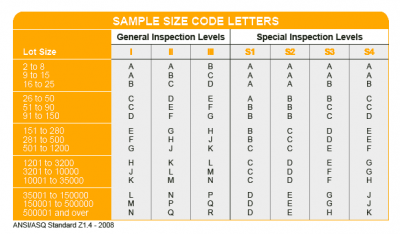 AQL Table | How to Read It
AQL Table | How to Read It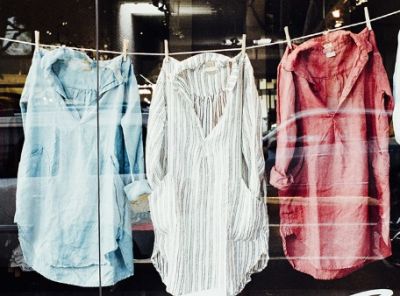 TOP 10 Common Defects in Garments Quality Inspection
TOP 10 Common Defects in Garments Quality Inspection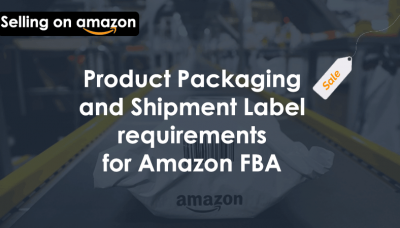 Product Packaging and Shipment Label requirements for Amazon FBA
Product Packaging and Shipment Label requirements for Amazon FBA What Is ASTM-F2413-18? Protective Footwear Standard
What Is ASTM-F2413-18? Protective Footwear Standard How to Conduct Third-Party Quality Control Inspections for Electric Scooters
How to Conduct Third-Party Quality Control Inspections for Electric Scooters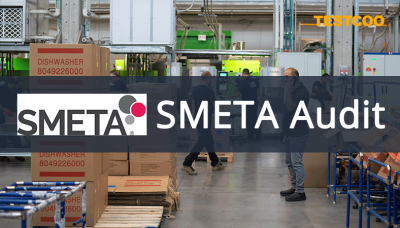 SMETA Audit-What is SMETA Audit?
SMETA Audit-What is SMETA Audit? TESTCOO Supplier Verification/Certification Service SLCP, Higg FEM, GRS, GOTS
TESTCOO Supplier Verification/Certification Service SLCP, Higg FEM, GRS, GOTS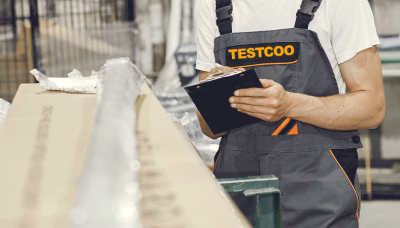 Quality Control Inspection Company in China
Quality Control Inspection Company in China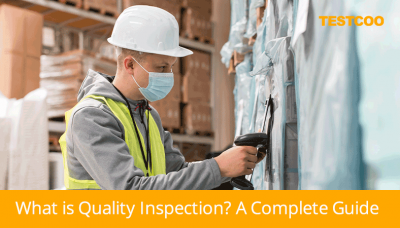 What is Quality Inspection? A Complete Guide
What is Quality Inspection? A Complete Guide Guidelines for Product Inspection in India
Guidelines for Product Inspection in India
Category
- Production Inspection Service
- Factory Audit
- Softline Inspection
- Hardline Inspection
- Electrics Inspection
- Certification
- Checklist
- Manufacturers
- Quality Assurance Basics
- Products Recall
- AQL
- Guidence and Standard
- News
- Supplier Management
- Amazon
- Protective Equipment
- e-commerce quality control
- Indian Manufacturing
- Soft Goods Quality Control
- Supply Chain Management
- Supply Chain Resilience
- E-Commerce Quality Control
- ISO 2859
- Supply Chain Optimization
- Garment Industry
- Higg Index

